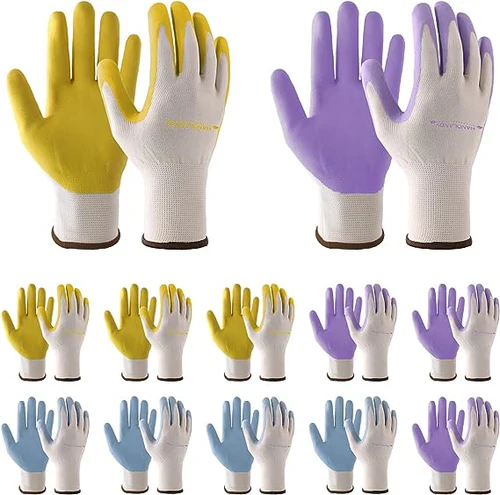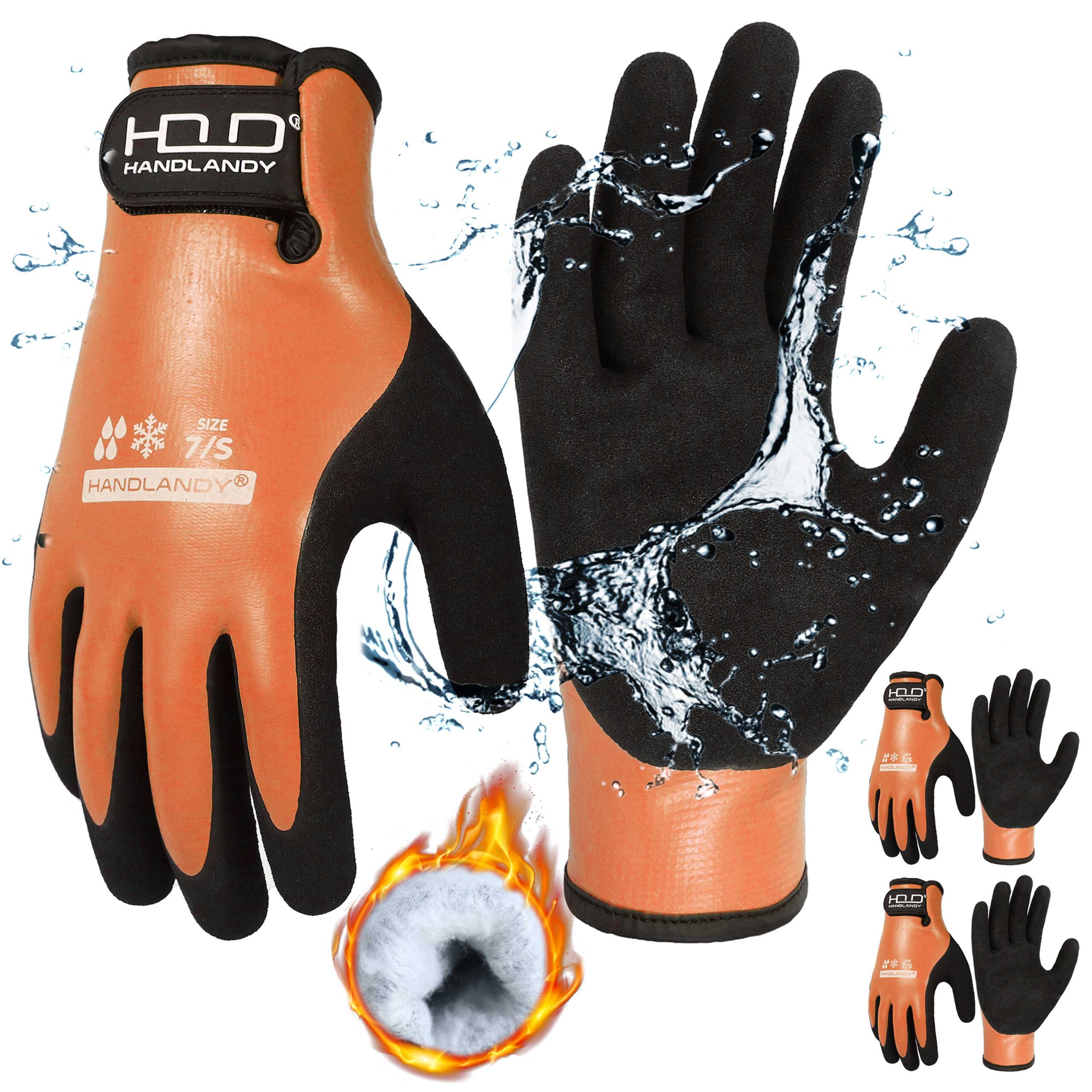Nitrile coated gloves are used for tasks that require strong grip, durability, and protection against abrasions, oils, and chemicals. They are widely used in automotive, construction, manufacturing, agriculture, and chemical industries.
1. Key Benefits of Nitrile Coated Gloves

- Excellent chemical resistance: Protects hands from oils, greases, and many industrial chemicals.
- High durability: More puncture and abrasion resistant than latex or vinyl gloves.
- Enhanced grip: Textured coating provides strong grip even in oily or wet conditions.
- Latex-free: Safe for people with latex allergies.
2. Common Applications by Industry
| Industry | Use Case |
|---|---|
| Automotive | Handling oily parts, mechanical repairs |
| Construction | Material handling, tool operation |
| Manufacturing | Assembly line tasks, maintenance work |
| Agriculture | Fertilizer/pesticide handling, harvesting |
| Chemical Handling | Lab work, mixing chemicals |
3. Types of Nitrile Coatings
| Coating Type | Features | Best For |
| Flat Nitrile | Smooth finish, abrasion resistant | Dry environments |
| Foam Nitrile | Breathable, absorbs oils, enhanced grip | Oily or wet conditions |
| Sandy Nitrile | Gritty texture, best grip | Slippery surfaces, heavy duty |
4. Maintenance Tips
- Inspect before use: Always check for rips, tears, or worn spots.
- Clean properly: Wash reusable gloves with mild soap and air dry.
- Store safely: Keep in a cool, dry place away from direct sunlight.
Conclusion
Nitrile coated gloves are ideal for workers who need strong grip and protection in tough environments. Their durability, chemical resistance, and flexibility make them a top choice in various industries. Choosing the right coating type and glove fit will maximize performance and safety on the job.
Need help choosing nitrile gloves for your business? Our glove experts are here to help.








